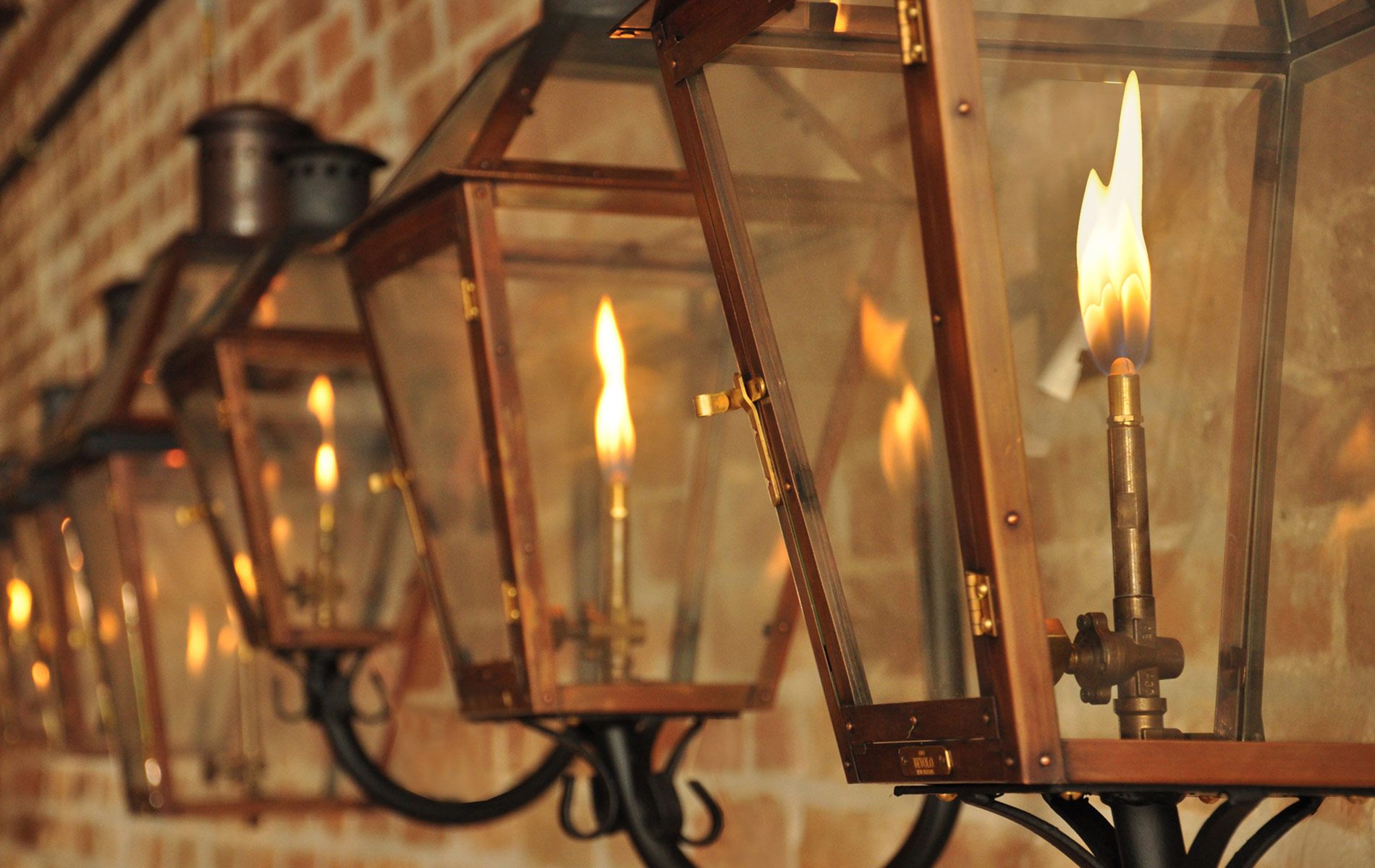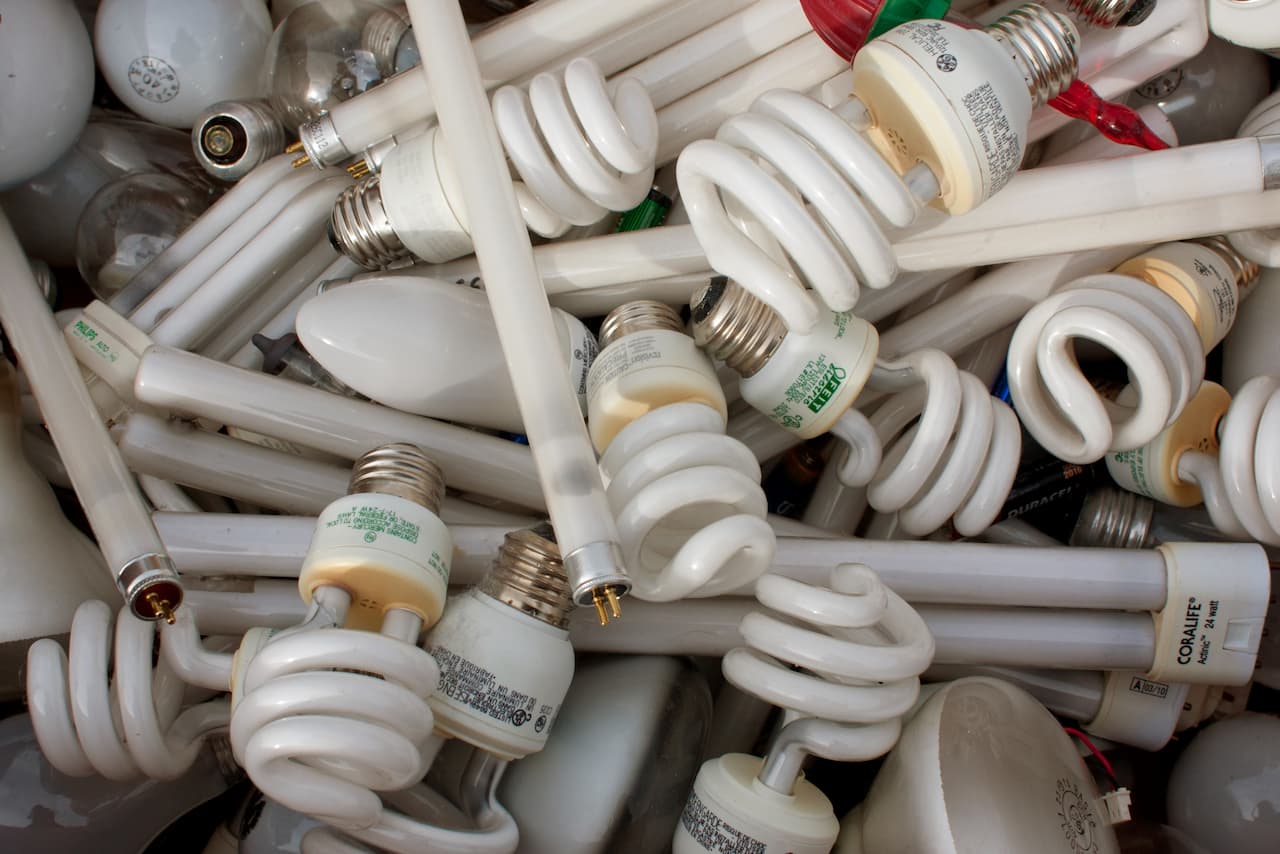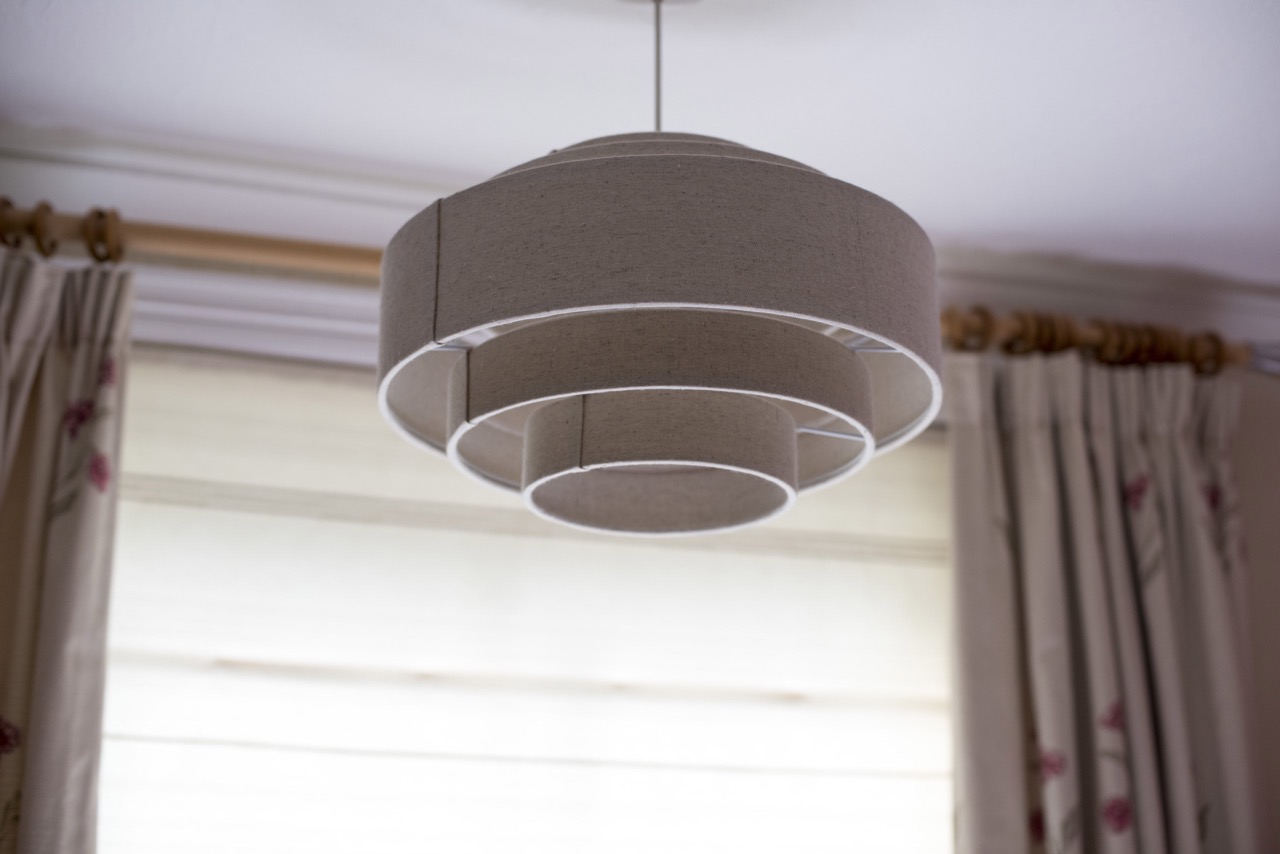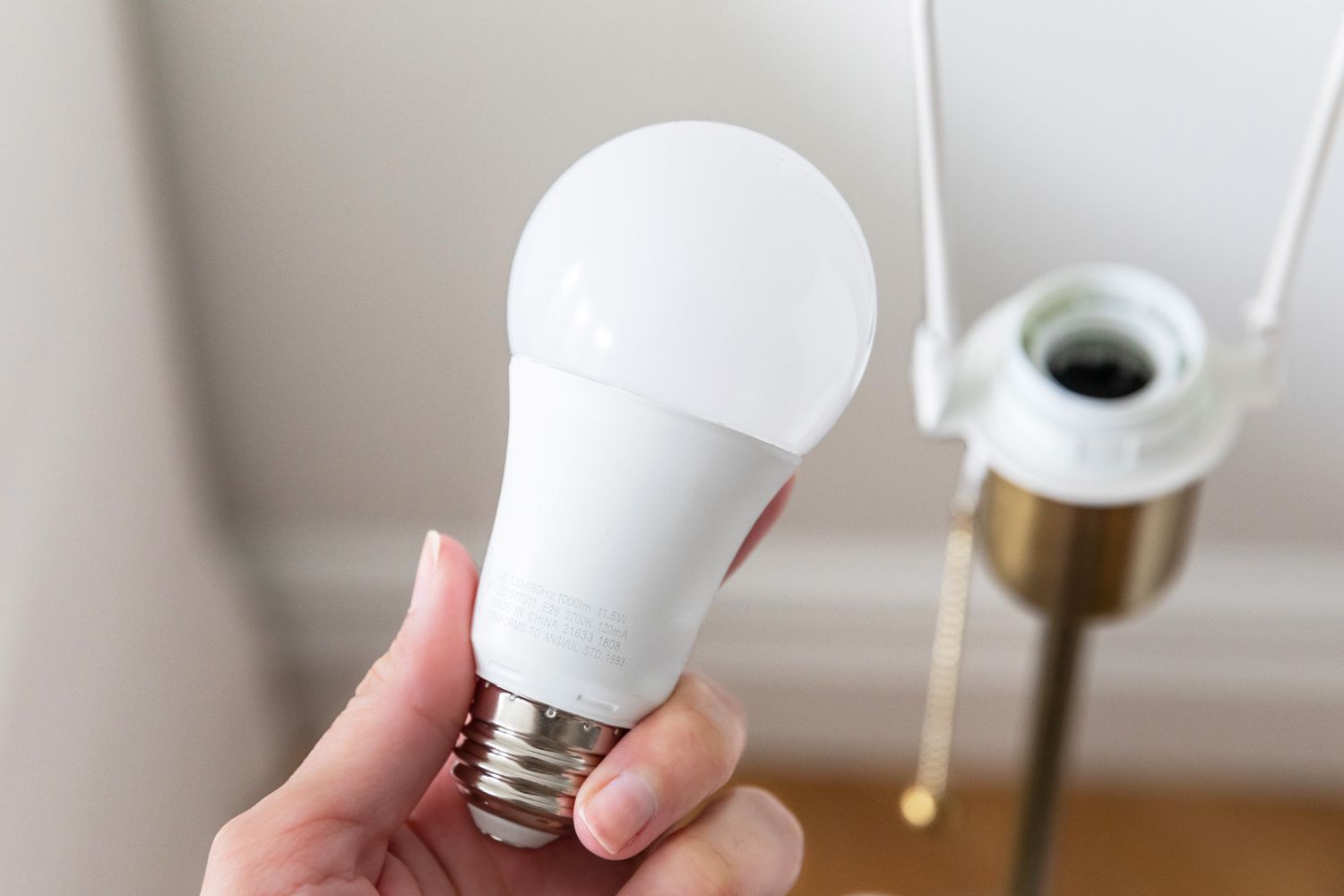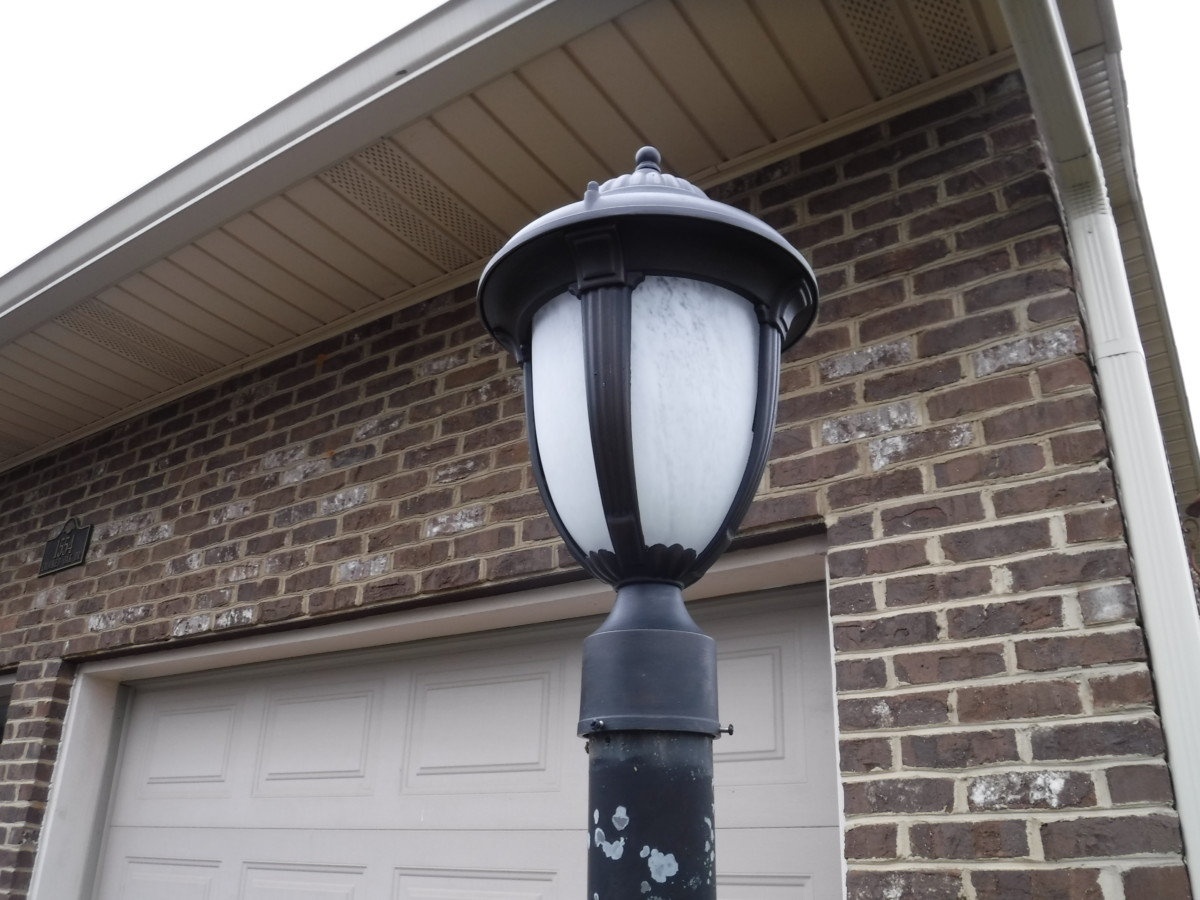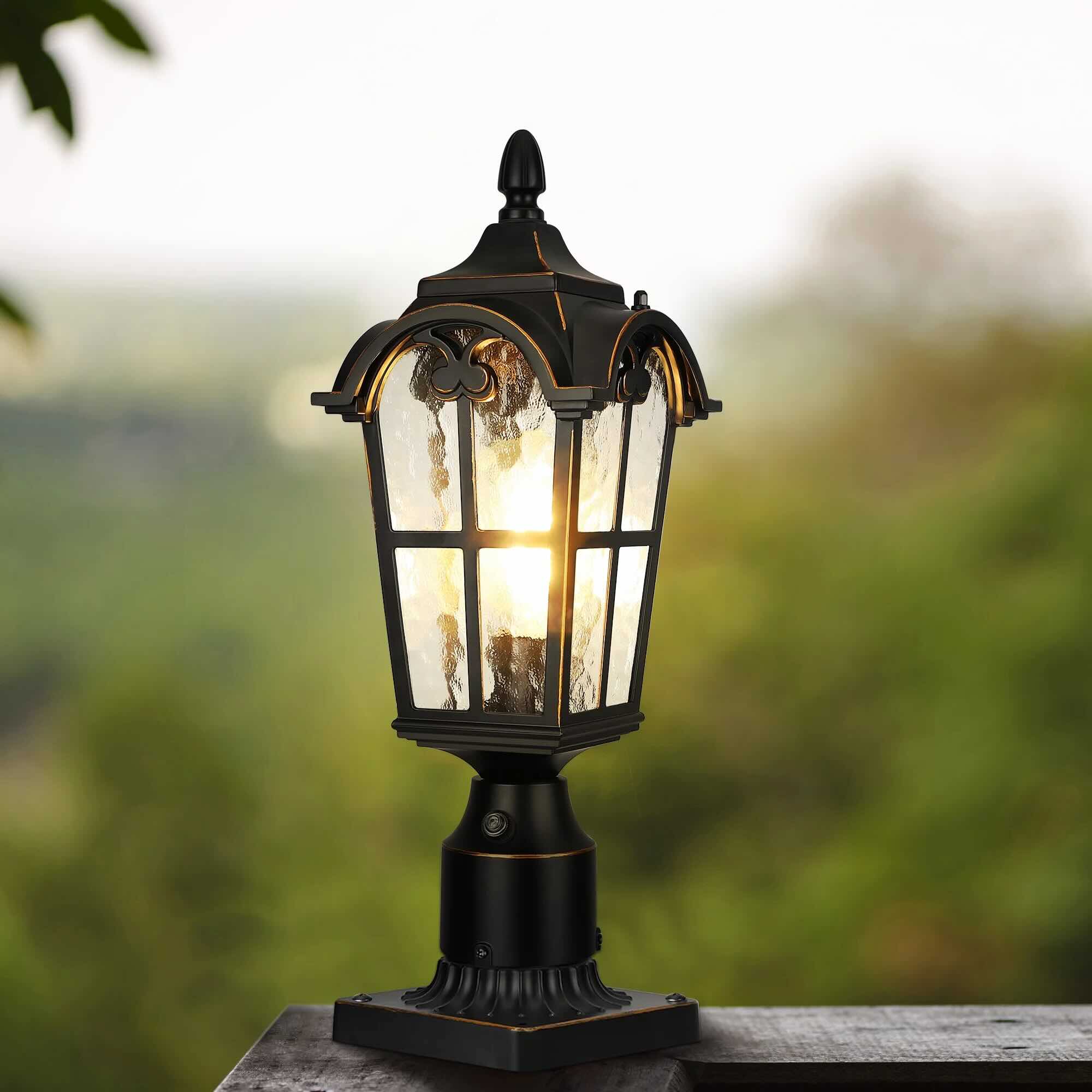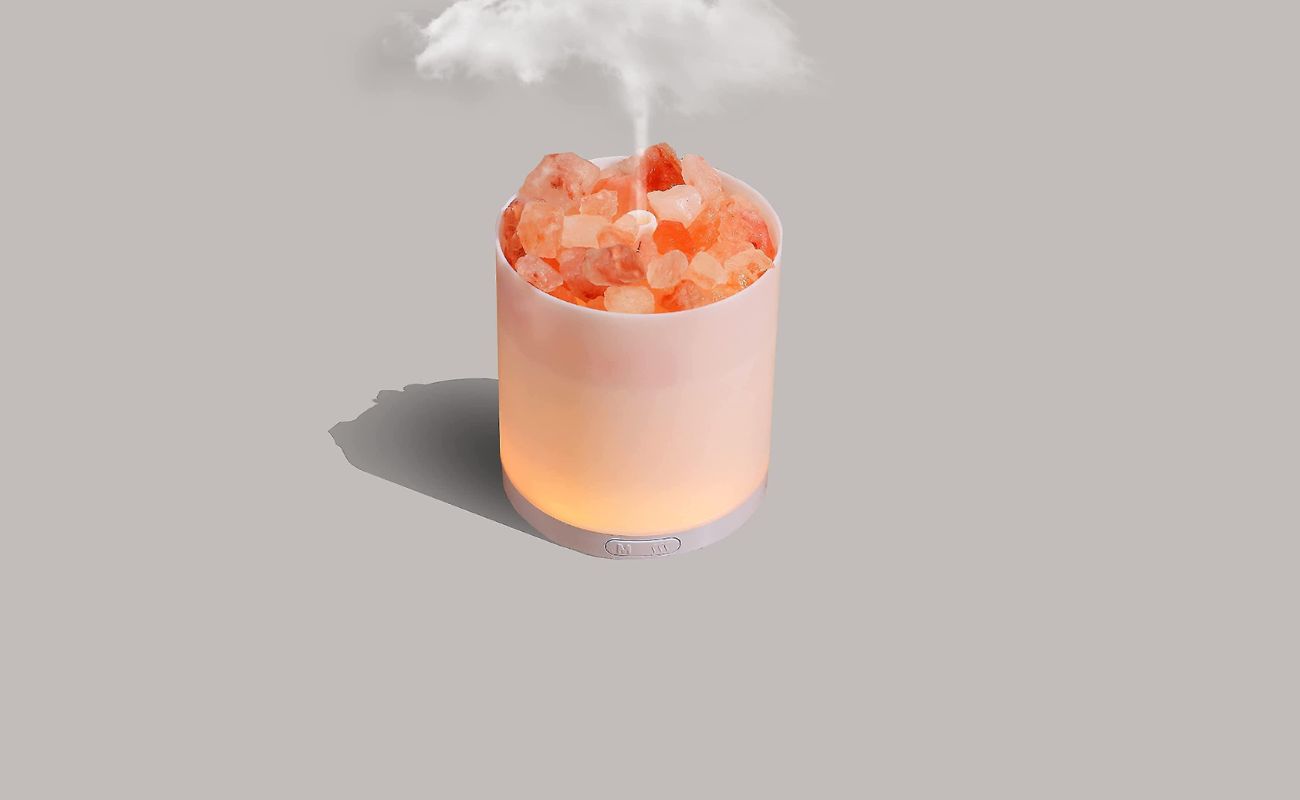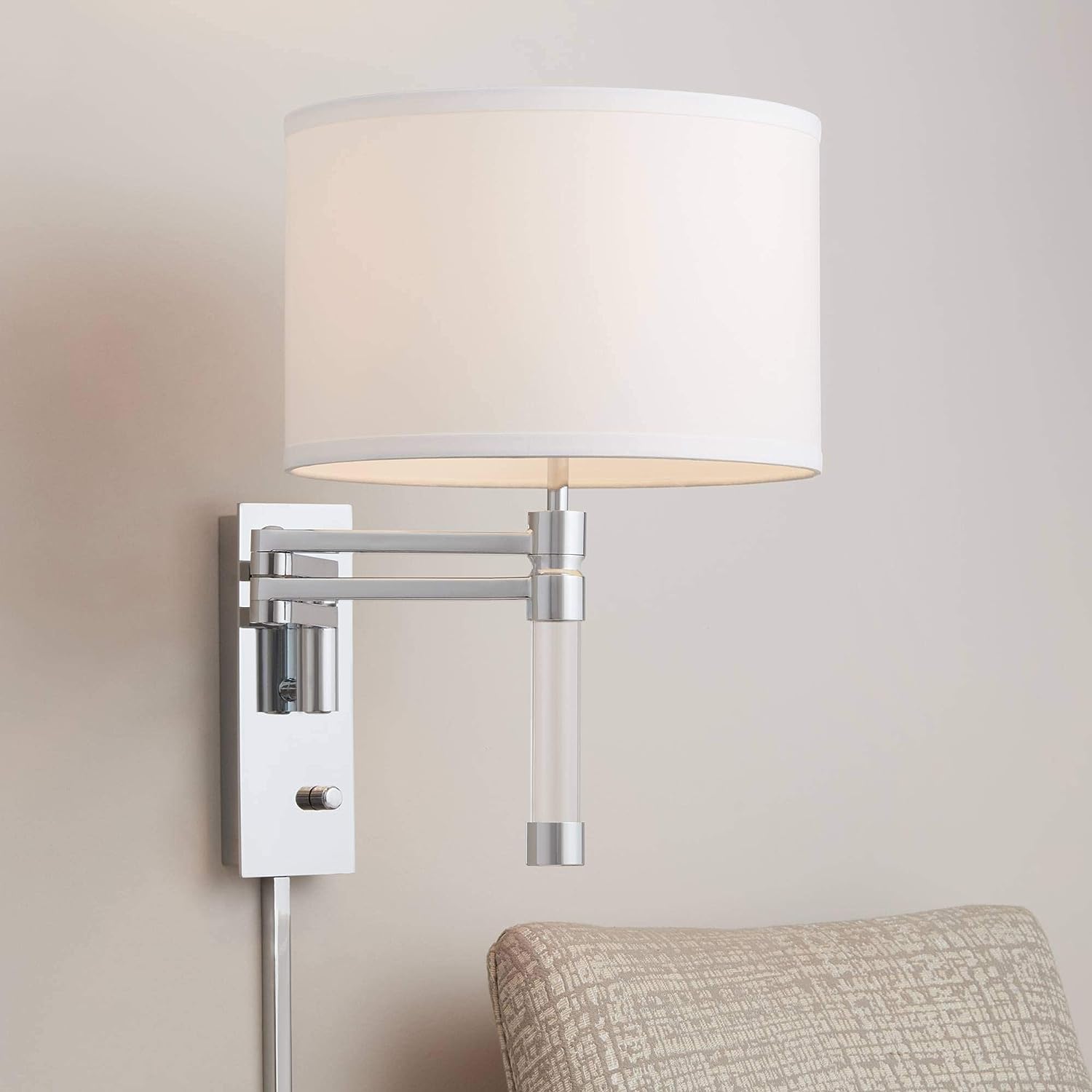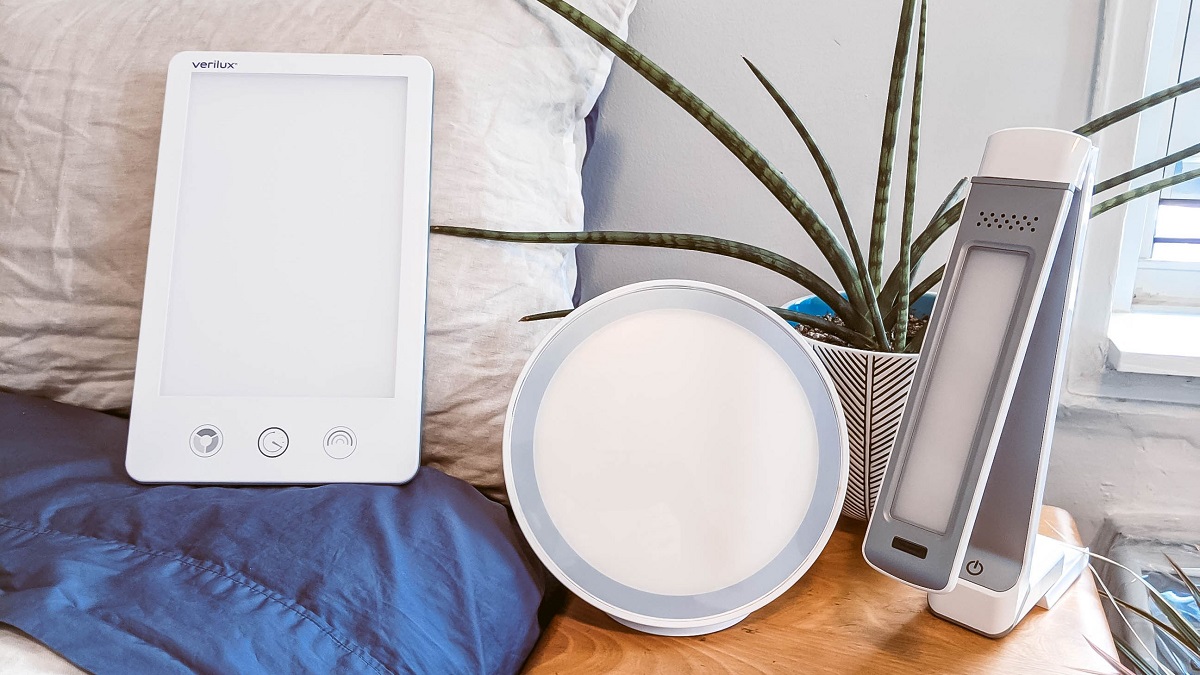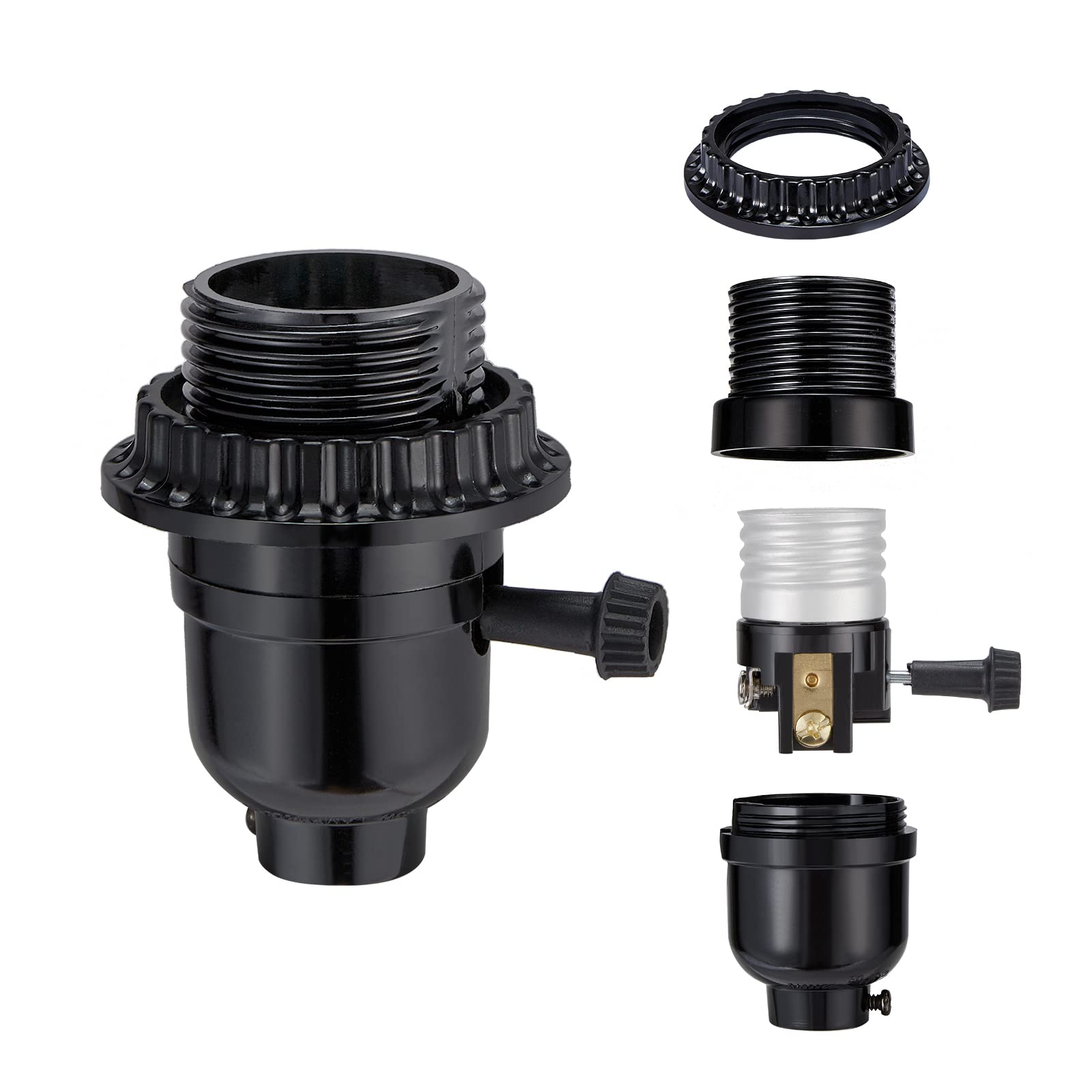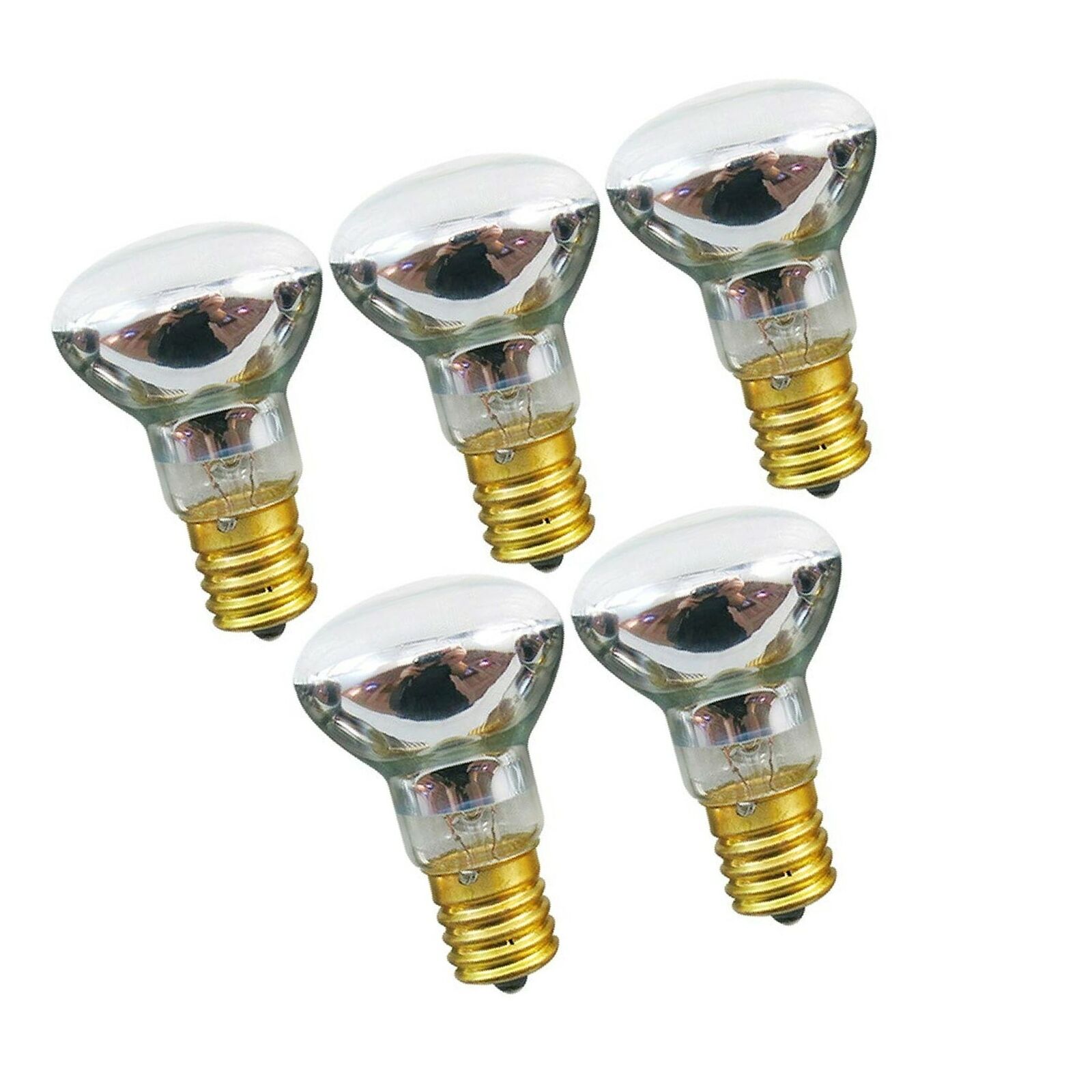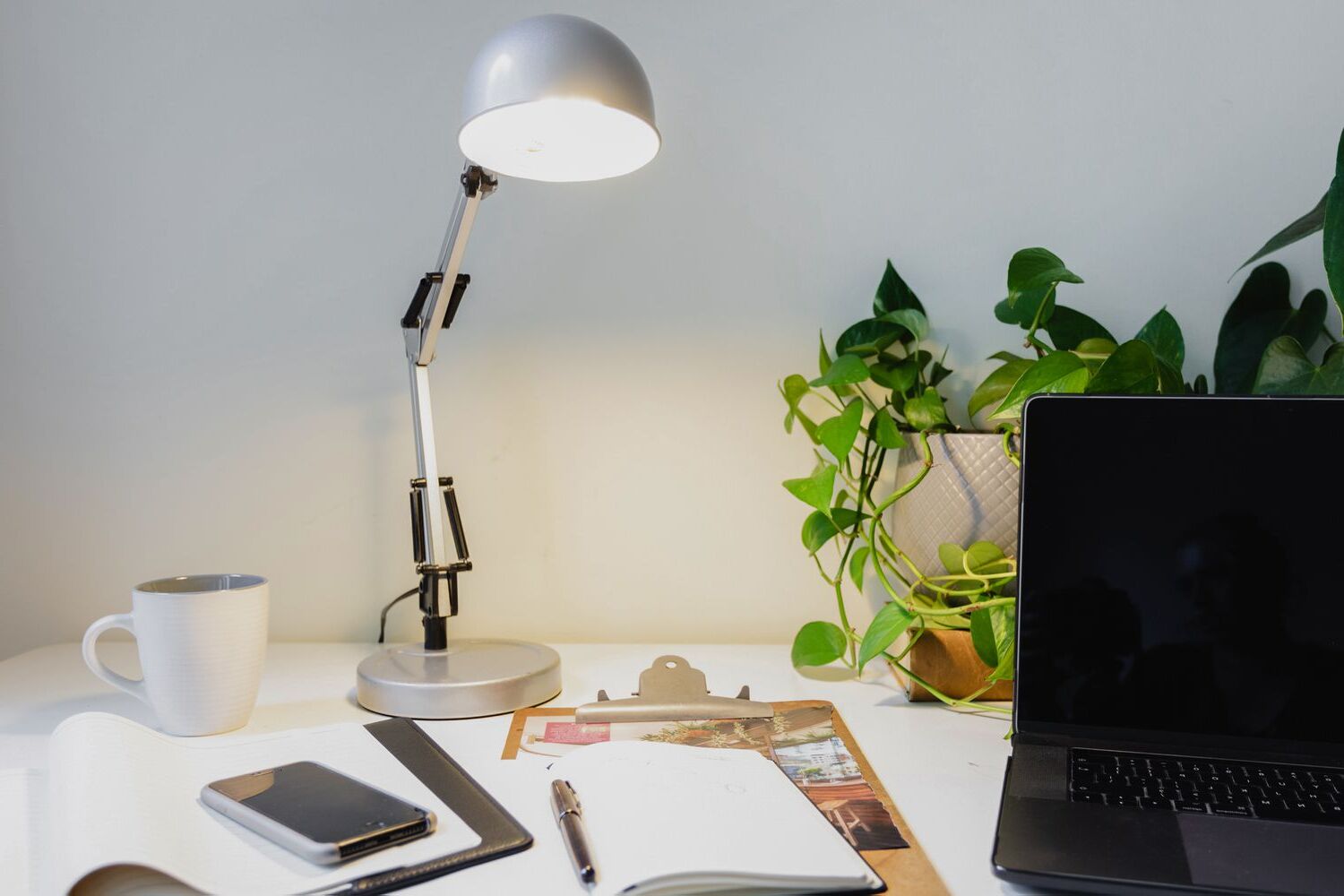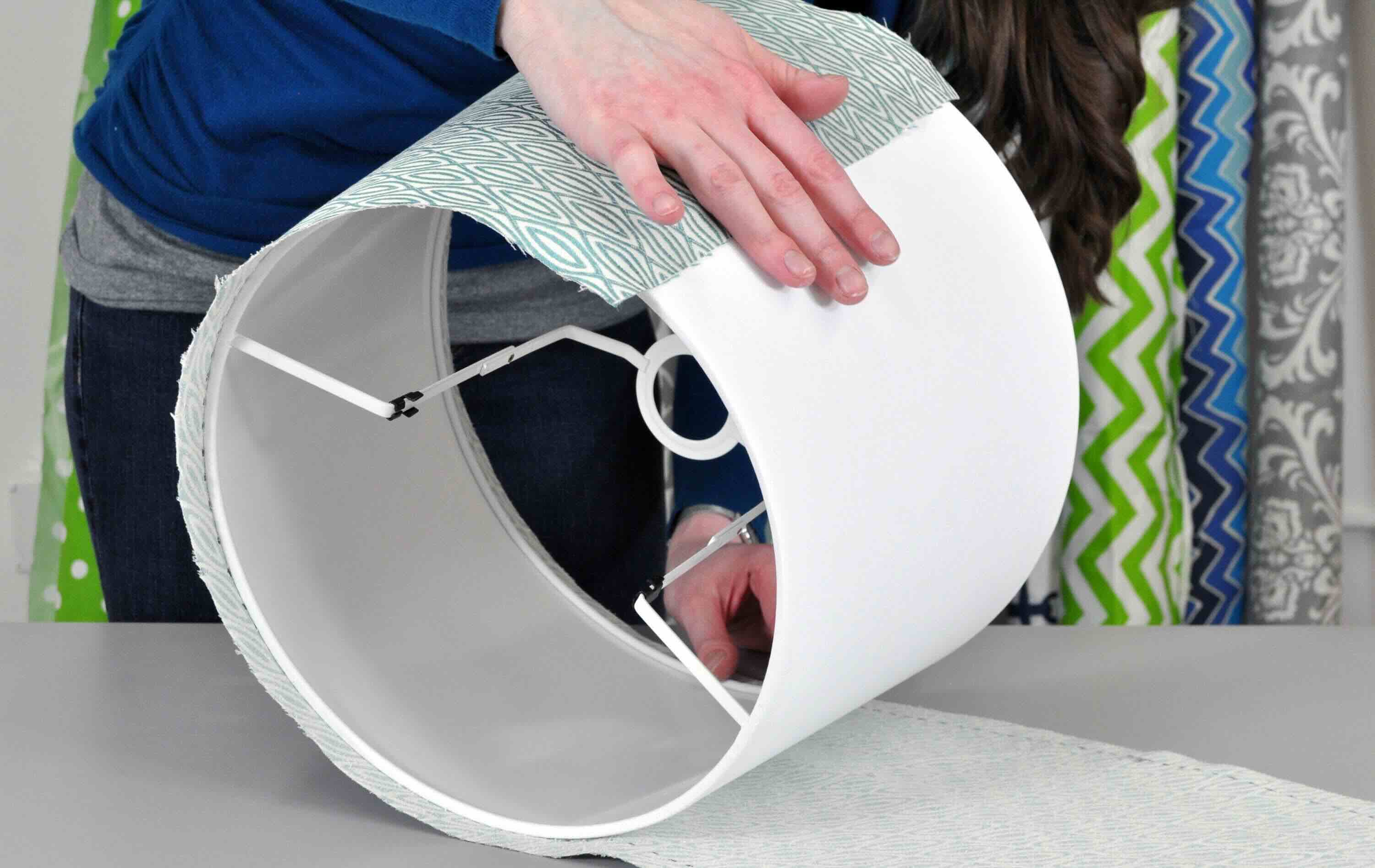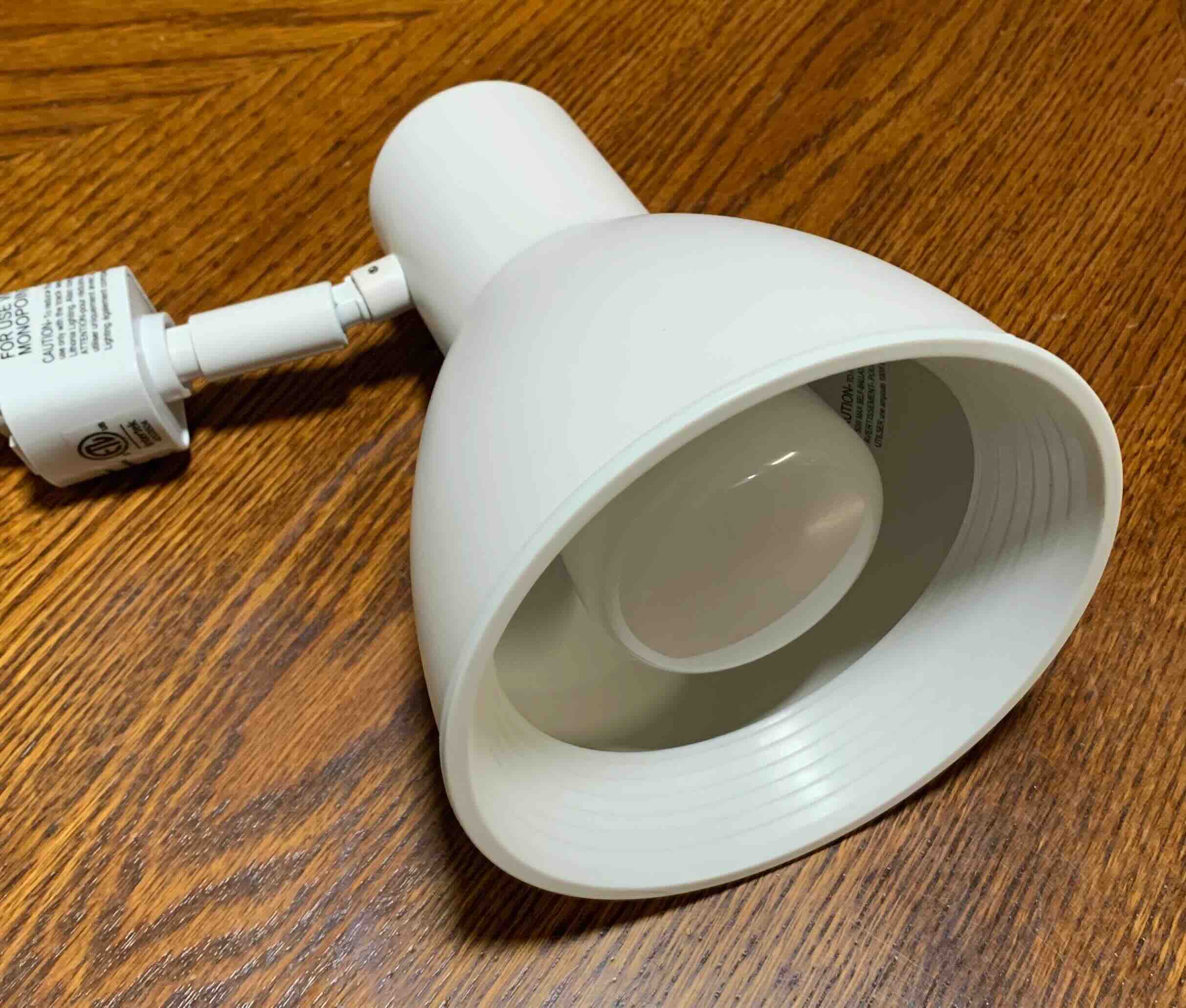

Furniture
How To Diffuse A Lamp Light
Modified: January 5, 2024
Learn how to diffuse lamp light in your furniture with these simple tips and tricks. Enhance the ambiance and create a cozy atmosphere in your home.
(Many of the links in this article redirect to a specific reviewed product. Your purchase of these products through affiliate links helps to generate commission for Storables.com, at no extra cost. Learn more)
Introduction
Furniture is an essential aspect of any interior design, serving both functional and aesthetic purposes. Among the various furniture pieces that can enhance the ambiance of a space, lamps play a crucial role in providing lighting and adding a touch of elegance. But sometimes, the direct light emitted by lamps can be too harsh or create unwanted glare. This is where lamp light diffusion comes into play.
Lamp light diffusion is the process of softening and dispersing the light emitted by a lamp, creating a more pleasant and comfortable lighting environment. It not only reduces harsh shadows but also adds a subtle glow to the surroundings. With the right diffuser, you can transform your lamp into a versatile and ambient light source.
In this article, we will explore the various types of diffusers available for lamp lights and discuss some DIY ideas to create your own diffusers. We will also provide insights into how to install a diffuser on a lamp and the benefits of lamp light diffusion. So, let’s dive in and make your lighting experience more enjoyable!
Key Takeaways:
- Lamp light diffusion softens harsh shadows, reduces glare, and creates a warm, inviting ambiance. It enhances decor, diversifies lighting options, and improves eye comfort, contributing to a cozy and aesthetically pleasing environment.
- Choosing the right diffuser involves considering factors such as lamp type, light intensity, style, material, functionality, and budget. By finding the perfect diffuser, you can enhance the lighting experience and complement your interior design and personal style.
Read more: How To Use An Oil Diffuser Lamp
Understanding Lamp Light Diffusion
Lamp light diffusion involves altering the characteristics of the light emitted by a lamp to create a softer and more diffused glow. This is achieved by placing a diffuser in front of the light source. The primary function of a diffuser is to scatter the light, reducing its intensity and creating a more even distribution.
When light passes through a diffuser, it becomes scattered in multiple directions, minimizing the formation of harsh shadows and reducing the glare. This diffusion effect is particularly beneficial in spaces where you want to create a warm, inviting, and cozy ambiance.
Diffusers come in various shapes, sizes, materials, and designs. Some diffusers are specifically designed for certain lamp types, while others are more versatile and can be used with different lamp styles. The choice of diffuser depends on factors such as the type and intensity of light emitted by the lamp, the desired lighting atmosphere, and the overall decor theme of the space.
Diffusers can be made from materials such as glass, fabric, paper, or plastic. They may have different patterns, textures, or opacities, which affect the quality of light diffusion. It’s important to choose a diffuser that complements the style and purpose of the lamp while meeting your specific lighting needs.
Overall, lamp light diffusion is a visually appealing and functional solution to soften and scatter the light emitted by a lamp. It provides a gentle, ambient glow that is more pleasing to the eye and creates a cozy and inviting atmosphere in any room.
Types of Diffusers for Lamp Lights
There are various types of diffusers available for lamp lights, each offering a unique way to soften and disperse the light. Here are some popular options:
- Fabric Diffusers: These diffusers are made from soft fabrics, such as silk or cotton, and are often used for table lamps or pendant lights. They create a gentle and warm glow and can be chosen in different colors or patterns to match the decor of the room.
- Glass Diffusers: Glass diffusers are versatile and can be used for different types of lamps, including ceiling lights and floor lamps. They come in various shapes and sizes, such as bowl-shaped or cylindrical, and are known for their ability to evenly distribute the light while adding a touch of elegance to the lamp.
- Acrylic Diffusers: Acrylic diffusers are lightweight and durable, making them ideal for use in fixtures such as flush mount lights or wall sconces. They come in different opacities, allowing you to choose a diffuser that suits your desired level of light diffusion.
- Paper Diffusers: Paper diffusers are a budget-friendly option and are often used in pendant lights or lampshades. They create a soft and warm glow, giving a cozy atmosphere to the space. Paper diffusers are available in various patterns and designs, allowing you to add a decorative element to your lighting.
- Grid Diffusers: Grid diffusers consist of a grid-like structure made of metal or plastic. They are often used in recessed ceiling lights or fluorescent fixtures and provide an even distribution of light by diffusing it in multiple directions. Grid diffusers are popular in commercial spaces or areas that require bright and uniform illumination.
It’s important to consider the type of lamp and its intended function when choosing the right diffuser. The shape, material, and opacity of the diffuser can have a significant impact on the lighting effect. Experimenting with different types of diffusers can help you achieve the desired ambiance and lighting atmosphere for your space.
DIY Diffuser Ideas
If you’re feeling creative and want to add a personal touch to your lamp light diffusion, you can try making your own diffuser. Here are a few DIY diffuser ideas to inspire you:
- Frosted Glass: Transform a plain glass jar or bottle into a diffuser by frosting the glass surface. Apply a frosted glass spray or use a mixture of vinegar and salt to create a textured look. The frosted glass will scatter the light and create an elegant diffused glow.
- Colorful Fabric: Cut a piece of colorful fabric in the desired shape and attach it to a frame that fits your lamp. You can use embroidery hoops or a wire frame to hold the fabric in place. The fabric will soften the light and add a pop of color to your lamp.
- Lace Overlay: Place a lace fabric over your existing lampshade and secure it with clips or adhesive. The intricate patterns of the lace will create beautiful shadow patterns when the light shines through, providing a unique and delicate diffused light effect.
- Paper Cut Outs: Cut out intricate patterns or shapes from semi-transparent paper and attach them to your lampshade using double-sided tape. When the light passes through, it will create interesting patterns and diffusion. Play with different shapes and sizes to achieve the desired effect.
- Bamboo or Reed Matting: If you have a lampshade with an open framework, you can attach strips of bamboo or reed matting to create a diffuser. The natural texture of the material will give a warm and cozy ambiance to the room while diffusing the light.
These DIY diffuser ideas allow you to customize your lamp’s lighting effect to suit your personal style and preferences. They are also a cost-effective way to create unique and eye-catching diffusers that add a touch of creativity to your space. Remember to consider the safety aspects of your DIY diffuser and make sure it does not interfere with the functionality of the lamp.
Use a lampshade or diffuser to soften and spread the light. Position the lamp away from walls to prevent harsh shadows. Adjust the height and angle for the desired effect.
Installing a Diffuser on a Lamp Light
Installing a diffuser on a lamp light is a simple process that can enhance the overall lighting experience. Here are the basic steps to follow:
- Select the Right Diffuser: Choose a diffuser that is compatible with your lamp. Consider the size, shape, and type of diffuser that will best suit your lamp’s design and lighting needs.
- Prepare the Lamp: Before installing the diffuser, make sure the lamp is turned off and unplugged. Remove any lampshade or existing diffuser that may be in place, if applicable.
- Attach the Diffuser: Place the diffuser in front of the lamp light source. Some diffusers may come with clips, screws, or brackets for easy installation. Follow the manufacturer’s instructions to securely attach the diffuser to the lamp.
- Ensure Proper Fit: Adjust the diffuser to ensure it is properly aligned and covers the entire light source. This will help in achieving even light diffusion and prevent any gaps where direct light can escape.
- Secure the Diffuser: Once the diffuser is in place, secure it using any provided fasteners or clips. This will ensure that it remains in position and doesn’t move or detach during regular use.
- Test the Lighting Effect: After installing the diffuser, plug in the lamp and turn it on to see how the light is diffused. Adjust the position or angle of the diffuser if necessary to achieve the desired lighting effect.
Remember to exercise caution and stay safe while handling lamps and electrical components. If you are unsure about the installation process, it is always recommended to consult a professional or refer to the manufacturer’s instructions for specific guidance.
Installing a diffuser on your lamp light can transform the way your space is illuminated. It will provide a softer, more diffused light that enhances the overall ambiance and creates a cozy atmosphere in any room.
Read more: How To Light An Aladdin Lamp
Benefits of Lamp Light Diffusion
Lamp light diffusion offers numerous benefits that can greatly enhance the lighting experience in your space. Here are some of the key advantages:
- Softens Harsh Shadows: Lamp light diffusion helps to soften the harsh shadows created by a direct light source. It spreads the light evenly, minimizing the sharp contrast between light and dark areas and creating a more flattering and comfortable environment.
- Reduces Glare: Diffusing lamp light reduces the glare associated with direct light. Glare can cause eye strain and discomfort, particularly when reading or working. With diffused light, you can enjoy a more pleasant and eye-friendly illumination.
- Creates a Warm Ambiance: Lamp light diffusion adds a warm and inviting ambiance to any space. The soft glow and gentle distribution of light create a cozy atmosphere that is perfect for relaxation, socializing, or setting a romantic mood.
- Enhances Decor and Aesthetics: A diffuser can serve as a decorative element and enhance the overall aesthetics of your lamp. With various diffuser materials, patterns, and designs available, you can choose one that complements your interior design theme and adds a touch of style to your space.
- Diversifies Lighting Options: Adding a diffuser to your lamp provides the versatility to change the lighting effect based on your needs. You can switch between direct light and diffused light by simply attaching or removing the diffuser, allowing you to create different moods and adapt the lighting for various activities.
- Improves Eye Comfort: Diffused light is gentler on the eyes as it minimizes bright spots and glare. This makes it easier to focus on tasks such as reading, studying, or working for longer durations without straining your eyes or experiencing eye fatigue.
- Creates a Spa-like Atmosphere: Lamp light diffusion can create a spa-like ambiance in bathrooms or relaxation areas. The soft and calming light helps create a serene and tranquil environment, contributing to a more relaxing and enjoyable experience.
- Provides Personalization: With different types of diffusers and DIY options available, lamp light diffusion allows you to personalize your lighting setup. You can experiment with various diffuser styles, materials, and colors to match your preferences and create a unique lighting experience.
By diffusing lamp light, you can transform the way your space is lit, enhancing both the functionality and aesthetics. This simple yet effective technique can greatly contribute to the overall ambiance and comfort of any room.
Tips for Choosing the Right Diffuser
When selecting a diffuser for your lamp light, there are several factors to consider to ensure you choose the right one that suits your needs and preferences. Here are some helpful tips:
- Type of Lamp: Consider the type of lamp you have, whether it’s a table lamp, floor lamp, pendant light, or ceiling fixture. Different lamps may require specific types of diffusers, so choose one that is compatible with your lamp’s design and functionality.
- Light Intensity: Determine the level of light intensity you want to achieve. If you prefer a softer and more subtle glow, choose a diffuser with a higher opacity that will effectively scatter and diffuse the light. If you still want a relatively bright light, opt for a more translucent or semi-transparent diffuser.
- Style and Decor: Consider the overall style and decor of your room. Choose a diffuser that complements the existing aesthetic, whether it’s a sleek and modern design or a more traditional and decorative style. The diffuser should blend seamlessly with the lamp and the surrounding decor.
- Material: Different diffuser materials offer different lighting effects. Glass diffusers provide a classic and elegant look while fabric diffusers can add a soft and cozy touch. Consider the mood and ambiance you want to create, and choose a material that aligns with your vision.
- Size and Shape: Ensure that the diffuser size and shape are suitable for your lamp. Measure the dimensions of your lamp and choose a diffuser that covers the entire light source adequately. A well-fitted diffuser will provide even light distribution and prevent any gaps or uneven lighting.
- Functionality: Consider the functionality of the diffuser. Some diffusers may have adjustable features, such as the ability to tilt or rotate, allowing you to customize the angle and direction of the light. These features can help optimize the lighting effect for specific activities or areas.
- Budget: Determine your budget for the diffuser. There are a wide range of diffusers available at different price points, so it’s important to find one that meets your needs without straining your budget. Consider the quality and durability of the diffuser to ensure it will last in the long run.
By considering these tips, you can find the perfect diffuser that not only enhances the lighting experience but also complements your interior design and personal style. Take your time to explore different options, and don’t be afraid to experiment and find the diffuser that brings out the best in your lamp light.
Conclusion
Lamp light diffusion is a fantastic way to enhance the lighting in your space, creating a more comfortable, inviting, and aesthetically pleasing environment. By using diffusers, you can soften harsh shadows, reduce glare, and add a warm and cozy ambiance to any room.
From fabric and glass diffusers to DIY options like frosted glass or paper cutouts, there are various types of diffusers available to suit different lamps and personal preferences. Choosing the right diffuser involves considering factors such as the lamp type, desired light intensity, style, material, and functionality.
Installing a diffuser is a simple process that can be done with ease, allowing you to easily switch between direct and diffused light, depending on the mood and activities in the room.
There are numerous benefits to lamp light diffusion, including softening harsh shadows, reducing glare, enhancing decor, diversifying lighting options, improving eye comfort, and creating a spa-like atmosphere.
When choosing a diffuser, consider the type of lamp, light intensity desired, style and decor of the room, material, size and shape, functionality, and budget. By taking these factors into account, you can select the perfect diffuser that meets your needs and enhances your space.
In conclusion, lamp light diffusion is a wonderful way to transform the lighting experience in any room. Whether you opt for a ready-made diffuser or get creative with DIY ideas, diffusing lamp light adds a soft, warm, and inviting glow that can truly elevate the ambiance and beauty of your space.
Frequently Asked Questions about How To Diffuse A Lamp Light
Was this page helpful?
At Storables.com, we guarantee accurate and reliable information. Our content, validated by Expert Board Contributors, is crafted following stringent Editorial Policies. We're committed to providing you with well-researched, expert-backed insights for all your informational needs.
